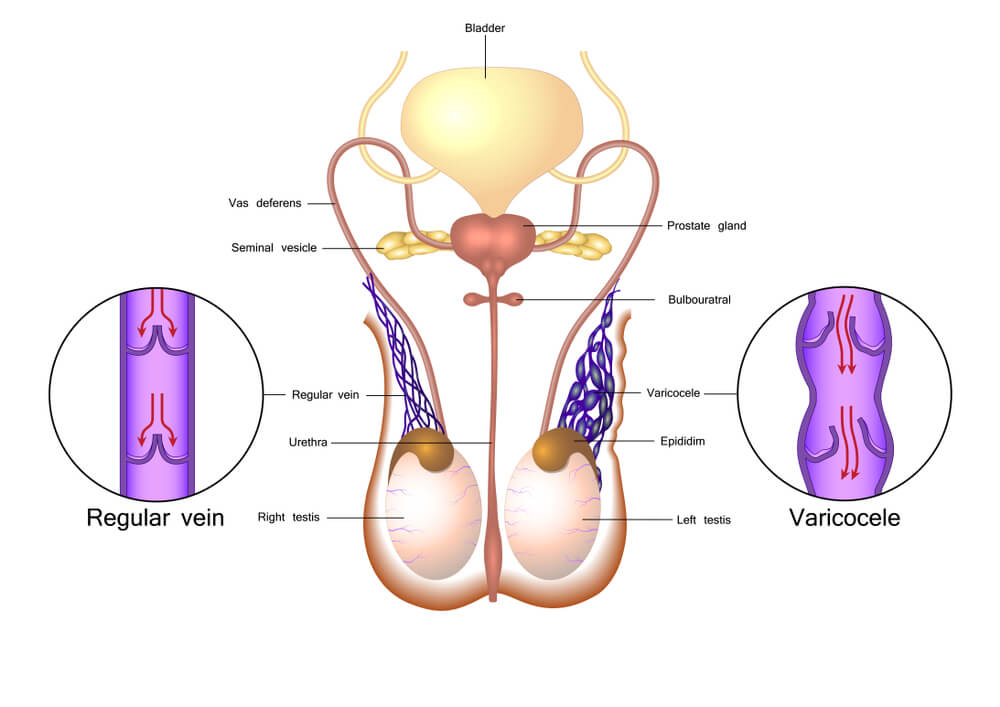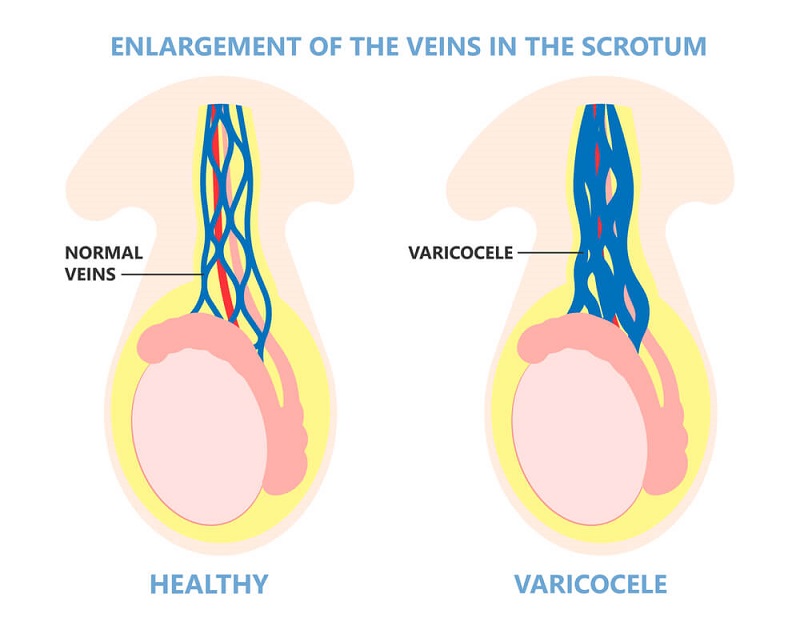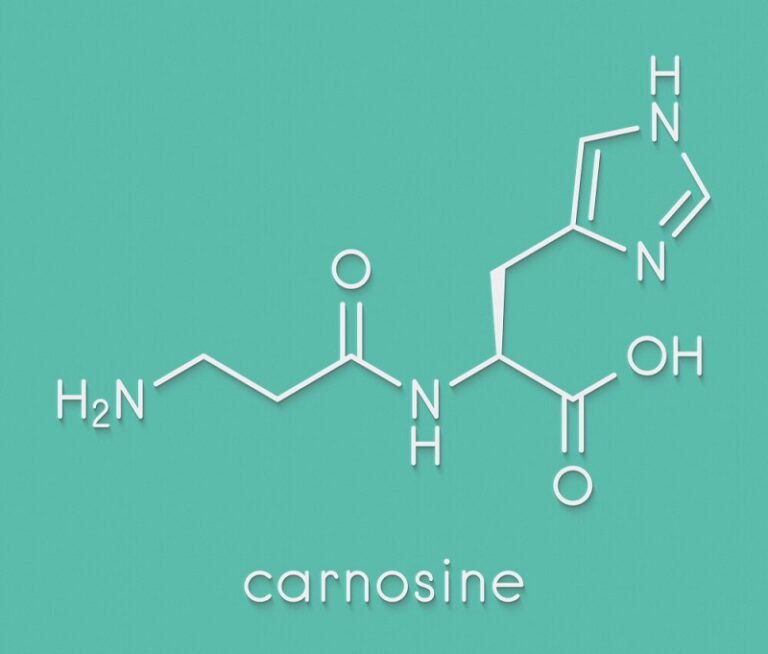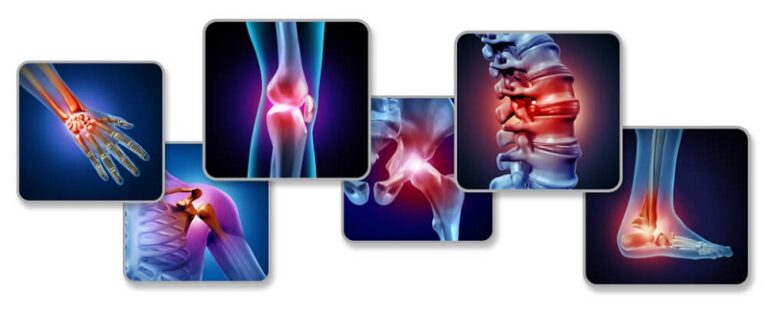Is Varicocele Dangerous?
The answer would be NO. The scrotal venous pampiniform plexus, which drains blood from each testicle, abnormally enlarges and dilates. This condition is known as a varicocele. Varicoceles are the most frequently found cause of poor sperm morphology, low sperm count, decreased sperm motility, and abnormal semen analysis. Despite being typically painless, varicoceles are clinically significant.
The pampiniform plexus is made up of the testicular veins that emerge from the testis. Later, venous blood that is a portion of the spermatic cord ascends through the inguinal canal to create the internal spermatic or testicular vein, which empties into the abdomen. The internal spermatic vein on the right connects the left renal vein on the left side, where it terminates into the low-pressure inferior vena cava.
15% to 20% of all guys have varicoceles, while 40% of infertile males have them as well. Although there are various possibilities, it is unknown exactly how a varicocele affects sperm production, shape, and function. But there is no denying the link between clinically severe varicoceles and male infertility.
Although the exact cause of varicoceles is unknown, it is believed to result from a venous blood flow backup in the internal spermatic vein, which results in venous engorgement that can be clinically seen on scrotal examination.
In the left testicle, varicoceles are far more prevalent (80% to 90%). There is a 30% to 40% chance that a left varicocele is a bilateral issue if it is found.
Male infertility is made more likely by smoking tobacco and abnormalities in the gene that produces glutathione S-transferase Mu 1. These elements might also make you more likely to develop a varicocele.
On microscopic semen examination, a varicocele commonly results in a “stress pattern” when it contributes to an aberrant semen analysis. Low sperm counts, poor sperm motility, and an increase in the proportion of defective sperm make up this pattern.
Infertility is typically the main worry with a varicocele. While many men with varicoceles are fertile, some can have sperm that is defective in terms of motility, shape, quantity, or function. As a result of increased oxidative stress brought on by blood pooling that results in decreased oxygenation, direct hydrostatic pressure injury effects on the testis, toxin production, hypoxia, autoimmunity, or an increase in the concentration of adrenal steroids being delivered to the testicle, researchers theorise that the sperm may be damaged.
This is because the adrenal veins empty into the left renal vein almost directly across from where the internal spermatic vein enters. The most widely recognised view contends that increased blood flow raises intratesticular temperatures, which are the primary factor contributing to the diminished sperm quality in varicoceles.
does varicocele go away?
Untreated varicoceles may advance, but they rarely hurt even when they do. Increased testicular temperatures, higher venous pressure, oxidative stress, hormonal imbalances, toxic metabolite reflux from the kidneys or adrenals, hypoxia, or potential stretching of nerve fibres in the spermatic cords from the dilated varicocele complex are some suggested mechanisms for such pain. Varicoceles-related orchialgia is frequently reported as aching, dull, or throbbing, although it is extremely uncommon for discomfort to be acute, sharp, or stabbing.
Large varicoceles are expected to eventually lead to testicular failure, which may then result in decreased hormone synthesis, oligospermia, and testicular atrophy. Additionally, varicoceles have been associated with decreased sperm motility, viability, numbers, and aberrant morphology.
The Leydig cells in the testes may produce less testosterone as a result of varicoceles. In more than 80% of patients, varicocelectomy improves blood testosterone levels, with a mean improvement of between 100 and 140 ng/mL. Men with hypogonadal levels of testosterone (300 ng/mL) had the highest increases in testosterone. According to this research, varicocelectomy may be a good surgical option for hypogonadal men with severe varicoceles to permanently address low testosterone levels.

Varicocele Treatment
There are no reliable medicinal solutions. Analgesics and scrotal support might be utilised initially if a varicocele is causing pain or discomfort. Surgery to treat a varicocele is frequently performed as an outpatient procedure. The most popular techniques are intrascrotal, infra-inguinal, sub-inguinal below the groyne, and retroperitoneal abdominal laparoscopic. The vas deferens and the testicular artery must be avoided during surgery regardless of technique.
Infertility, reduced testicular atrophy, and discomfort reduction are reasons to have a varicocele removed. Candidates for repair satisfy the requirements listed below:
- Male infertility, normal female fertility (although female infertility factors are not a contraindication for varicocele surgery in the male)
- Varicole that can be felt
- abnormalities in the semen (“stress pattern”)
- suffering from varicocele pain
- When linked to inadequate testicular development and growth in teenagers
Following surgery, 40% to 60% more women had increased conception rates and 70% had improved semen characteristics. Typically, 3 to 4 months following surgery, patients will start to notice an improvement in the quality of their semen, and 6 months later, it will be permanent.
Varicocele repair should be postponed for six months if a varicocele is found after a vasectomy or vasectomy reversal in order to allow for the growth of collateral arteries and reduce the risk of delayed vascular compromise. It has not been demonstrated that individuals undergoing intracytoplasmic sperm injection therapy benefit in any way from varicocele correction.
In some hypogonadal males, varicocelectomy surgery may be an effective alternative to long-term testosterone treatment since it increases testosterone production. Remember that a right renal cancer venous tumor thrombus could be the cause of isolated right-sided varicoceles, which could be a sign of vena cava obstruction. Imaging that is appropriate in these circumstances is advised.
What Causes Varicocele?
The veins in the area of the scrotum directly above the testicles where varicoceles develop are thought to have faulty valves. These valves typically control the blood flow to and from the testicles. When the blood doesn’t flow normally, the veins widen because of the blood buildup (enlarge).
This article is based on findings on National Library of Medicine.Recommended For You






